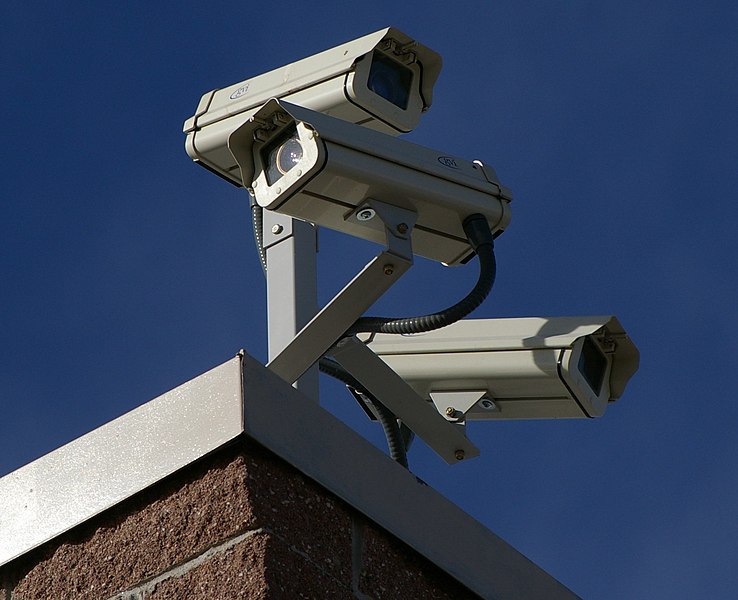You’re being recorded, like it or not.
Houston is adding 180 downtown surveillance cameras despite shrinking national security grants and research showing that video feeds only sometimes improve public safety.
By early next year, the Houston Police Department will have nearly 1,000 camera feeds available. Most record public areas around downtown, stadiums and event spaces like the George R. Brown Convention Center and the Theater District.
“With all the homeland security requirements that we have – we have more critical infrastructure to protect than New York City – we can’t do it without video,” said HPD Chief Charles McClelland.
Federal Homeland Security grants first issued in 2003 sparked a rush in many American cities to expand video surveillance networks in an attempt to deter or help apprehend terrorists. With cameras in place and police agencies collaborating at unprecedented levels, local departments also have used the video networks to combat local crime amid shrinking patrol budgets in many cities.
“We see the federal government handing out lots of money for anti-terrorism programs, but it actually ends up being used against parole violators and to issue traffic tickets,” said David Maass, spokesman for the civil rights advocacy group Electronic Frontier Foundation.
City Councilman C.O. Bradford, a former Houston police chief, said the technology is necessary for modern police work.
“It is almost professional malpractice not to have technology deployed in public areas where you know large groups of people are going to gather on a regular basis,” Bradford said earlier this month after the City Council approved grant funding for 180 new cameras downtown.
Nancy La Vigne, a justice policy researcher with the nonprofit Urban Institute, said cameras can help but never replace officers patrolling a beat.
“You need that human interaction,” La Vigne said.
She pointed to her 2011 study, funded by the U.S. Department of Justice, analyzing local use of surveillance networks. Her findings showed the effects on crime and cost benefits varied widely.
The city of Houston has had downtown cameras since 2007, and cameras in other parts of the city more recently. (We also have a lot of traffic monitoring cameras, but they don’t appear to be part of this discussion.) It would be nice if we could get some objective data about their effectiveness in Houston, if only so we could know where they might be best deployed going forward. Unfortunately, all we’ve got is anecdotal information. How can we know if we’re using these things to their best advantage, or if we’re even using them effectively at all, without some kind of metrics in place? I’d feel better about this expenditure if someone could show me some numbers.


Will newly elected councilman Kubosh bring this up in his first city council meeting?